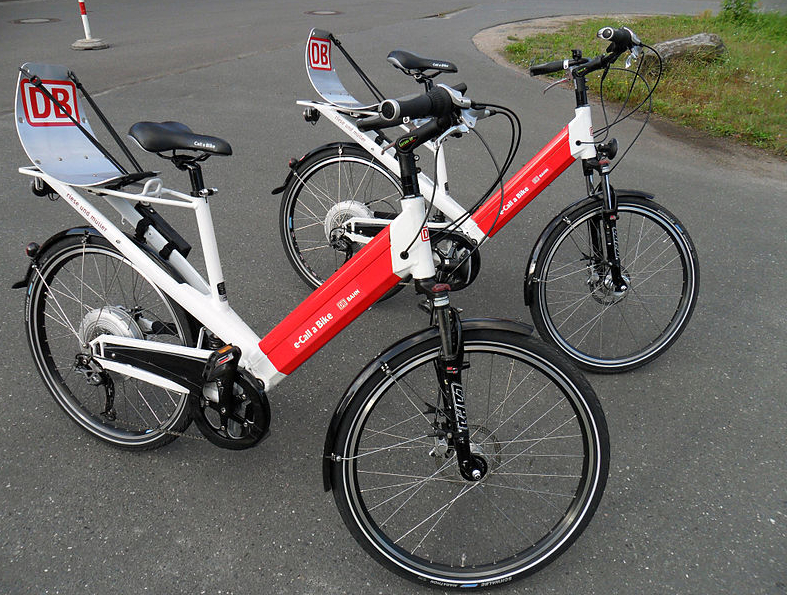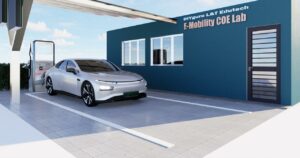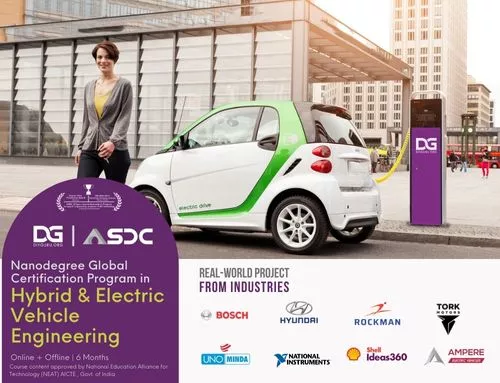Introduction:
The issue of climate change and the adverse effects of greenhouse gases on the environment has become a significant global concern. As a result, there has been a shift towards the use of zero-emission vehicles (ZEVs) as a cleaner alternative to traditional gasoline and diesel-powered vehicles. In this blog post, we will explore what ZEVs are, their benefits, types, and challenges, and their impact on the environment.
What are Zero-Emission Vehicles (ZEVs)?

Zero-emission vehicles (ZEVs) are vehicles that emit zero tailpipe emissions. These vehicles are powered by electric motors, fuel cells, or other non-combustion sources. ZEVs do not produce exhaust fumes, which are a primary cause of air pollution and contribute to climate change.
Benefits of Zero-Emission Vehicles
There are several benefits to using zero-emission vehicles, including:
- Reduced greenhouse gas emissions: ZEVs produce zero tailpipe emissions, which means they have a significantly lower carbon footprint than traditional fossil fuel-powered cars. This helps to reduce greenhouse gas emissions and mitigate the effects of climate change.
- Improved air quality: ZEVs do not produce harmful pollutants that are known to cause respiratory problems and other health issues. This means that ZEVs can help improve air quality in urban areas and reduce the number of premature deaths associated with air pollution.
- Reduced dependence on fossil fuels: ZEVs do not rely on fossil fuels such as oil and gas, which are finite resources. This means that ZEVs can help reduce dependence on foreign oil and increase energy security.
- Lower operating costs: ZEVs have lower operating costs than traditional gasoline and diesel-powered vehicles. This is because electricity is cheaper than gasoline, and ZEVs require less maintenance since they have fewer moving parts.
Types of Zero-Emission Vehicles:
There are several types of zero-emission vehicles, including:
- Battery Electric Vehicles (BEVs): BEVs are powered by rechargeable batteries that drive electric motors. They do not produce tailpipe emissions and have a range of up to 300 miles per charge.
- Plug-In Hybrid Electric Vehicles (PHEVs): PHEVs have both an electric motor and a gasoline engine. They can run on electricity alone for a short distance and then switch to the gasoline engine for longer distances.
- Fuel Cell Electric Vehicles (FCEVs): FCEVs are powered by hydrogen fuel cells that produce electricity to drive electric motors. They only emit water vapor and have a range of up to 300 miles per fill-up.
Challenges of Zero-Emission Vehicles:

While there are several benefits to using ZEVs, there are also some challenges, including:
- High upfront costs: ZEVs are more expensive than traditional gasoline and diesel-powered vehicles. This is because the technology is still relatively new and the cost of batteries and fuel cells is high.
- Limited range: ZEVs have a limited range compared to traditional gasoline and diesel-powered vehicles. This means that they are not suitable for long-distance travel.
- Lack of charging infrastructure: There is currently a lack of charging infrastructure for ZEVs in many areas. This can make it difficult for drivers to charge their vehicles, especially on long journeys.
Impact of Zero-Emission Vehicles on the Environment:
ZEVs have a significant impact on the environment. By reducing greenhouse gas emissions and improving air quality, ZEVs can help mitigate the effects of climate change and reduce the number of premature deaths associated with air pollution. ZEVs can also help reduce dependence on fossil fuels and increase energy security.
Conclusion:

Zero-emission vehicles (ZEVs) are a cleaner and more sustainable alternative to traditional gasoline and diesel-powered vehicles. They produce zero tailpipe emissions, which means they have a significantly lower carbon footprint and can help reduce greenhouse gas emissions and mitigate the effects of climate change. While there are some challenges associated with ZEVs, their benefits outweigh the challenges. ZEVs have the potential to transform the transportation sector and help create a cleaner, more sustainable future.























